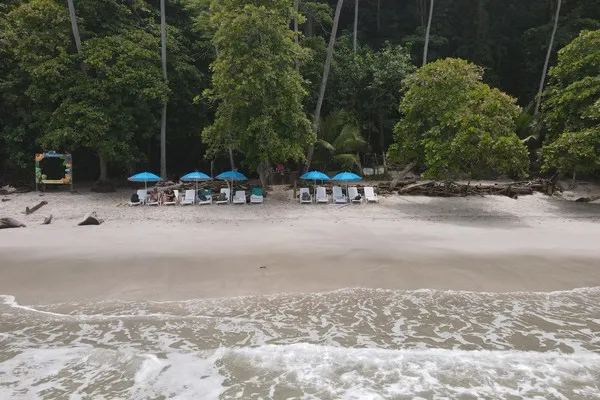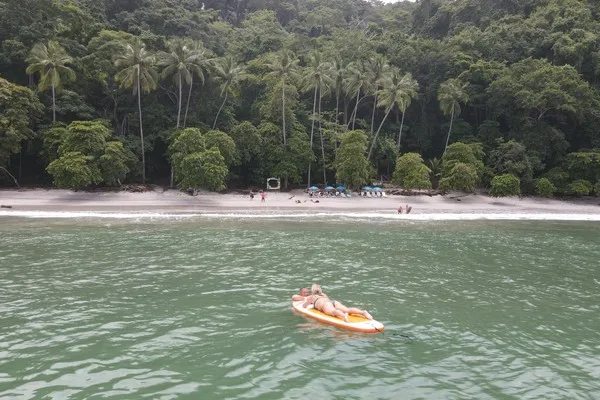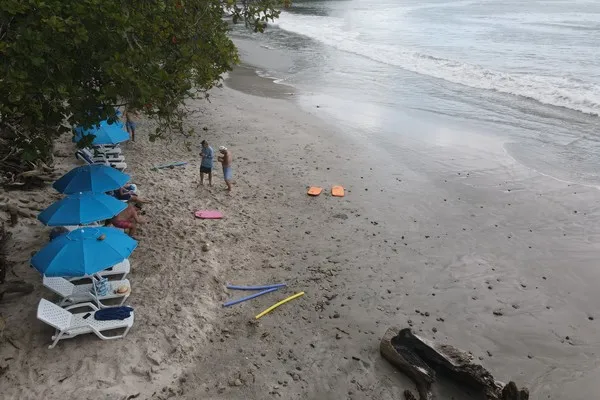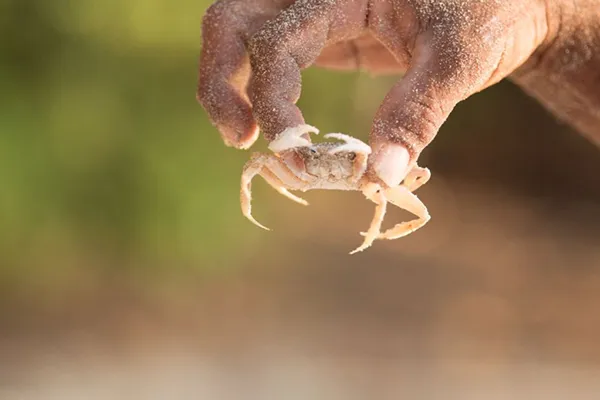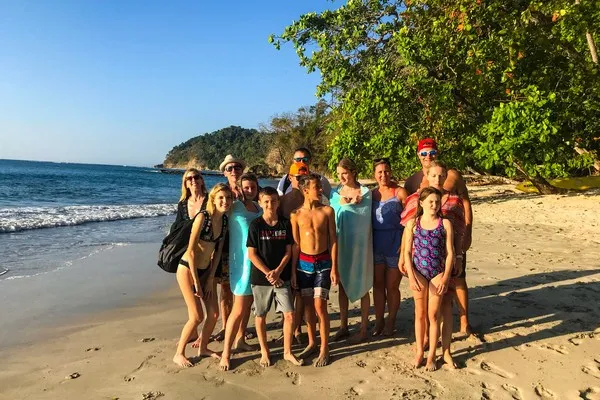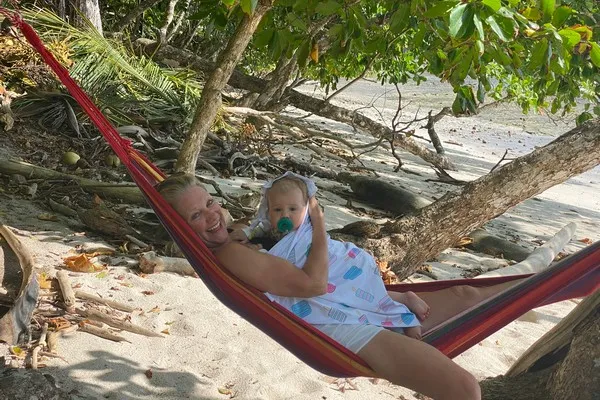Ara Macaw Wildlife Refuge
Flora & Fauna
Everyone
Secluded Beach
Open Bar
25 people max
Moderate

No. 32611
The Ara Macaw Wildlife Refuge is located within the canton of Garabito, in the province of Puntarenas, covering an area of 38 hectares (8,965.15 square meters) and subject to the Mixed Wildlife Refuge Regime. It is part of the Maritime-Terrestrial Zone, in accordance with the delimitations of the National Geographic Institute's boundary markers between No. 452 and No. 499. This refuge belongs to the State and, because it is covered by forest, is part of the State's Natural Heritage.
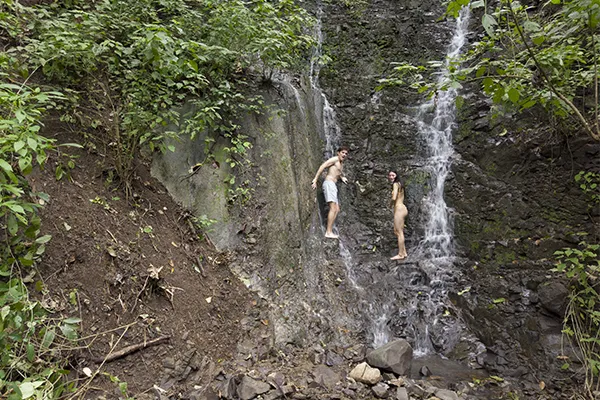
It has the only transitional forest in the Central Pacific, which translates into a diverse flora and fauna, where species native to dry and humid forests converge. This protected area has been awarded the Certification of Sustainable Tourism (CST) and the Ecological Blue Flag for Protected Wilderness Areas (public and private), at the Basic level, granted by the Costa Rican Tourism Institute (ICT) for meeting multiple indicators in areas such as business management, economic and cultural impact, environmental impact, and sustainability impact.
This National Wildlife Refuge is a destination with highly diverse birdlife, including the Scarlet Macaw (Ara macao), a species in danger of extinction and the second largest parrot species in Costa Rica.
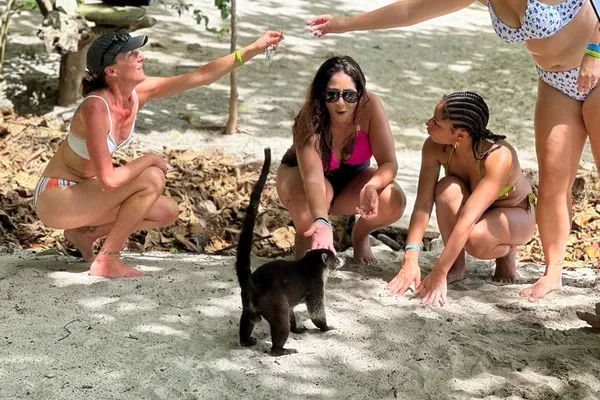 Important Biological Information
Important Biological Information
It is in the interest of the Costa Rican State to ensure that all ecosystems in the country are represented within the system of protected wild areas, particularly within those management categories that aim to protect, conserve, and manage biodiversity.
The rocky system of the indicated coastal area is a natural coastal formation with geological, biological, ecological and landscape characteristics unique to Costa Rica, and should be protected given its susceptibility and biological importance.
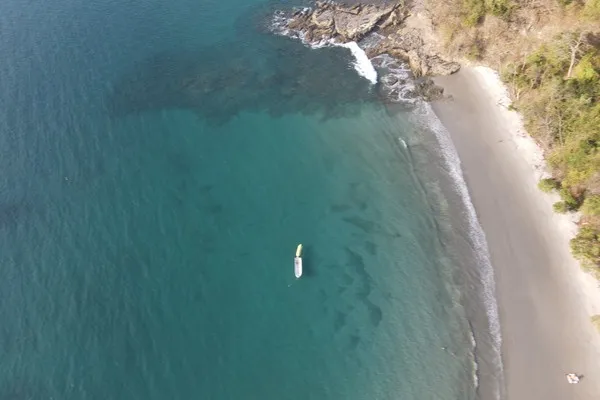
Preliminary studies identified several coral banks with a diversity of species of algae, mollusks and echinoderms; as well as important banks of at least 35 species of fish. Preliminary inventories in the area have identified at least 159 plant species (98 tree species, 21 shrub species, 21 vine species, 3 palm species, 2 epiphyte species, and 14 herb species). Among the species found, Phyllocarpus riedelli stands out, a very rare species that had only been collected in the south of the country and represents a new record for the Central Pacific.
Other species in danger of extinction were also identified, such as Tachigali versicolor and garlic (Caryocar costarricense); as well as a germplasm bank of species of forestry interest. In addition, 20 species of reptiles and amphibians (7 frog species, 8 lizard species, and 5 snake species), 116 bird species, and 35 mammal species were identified.
